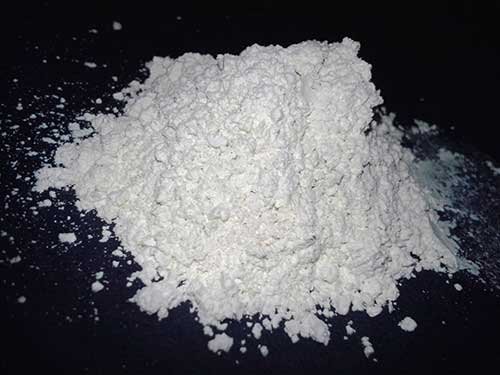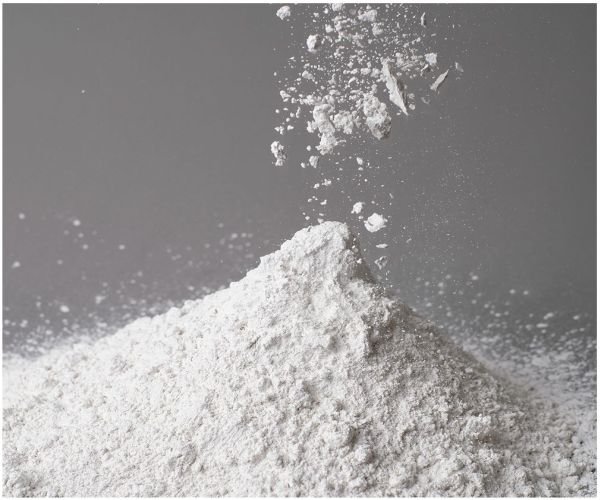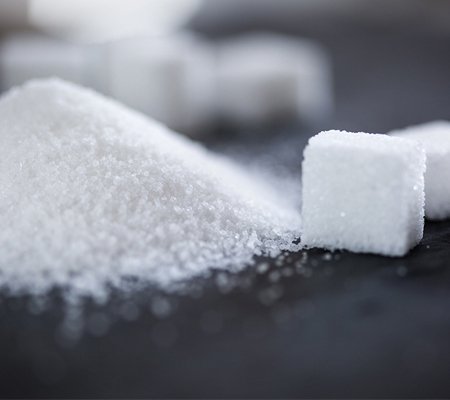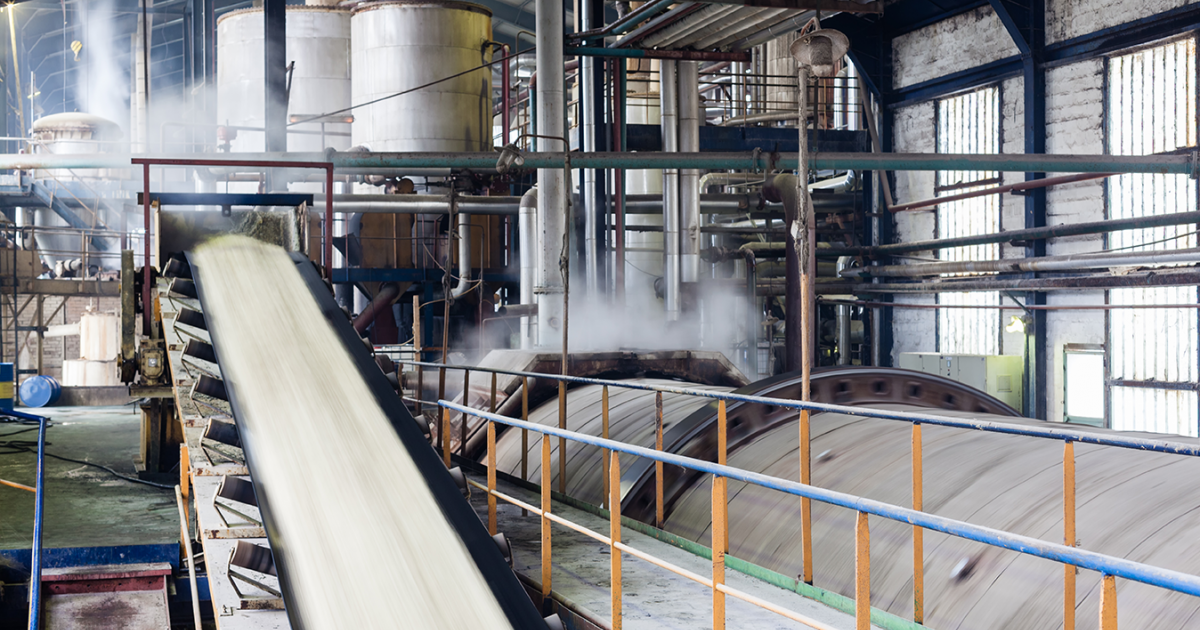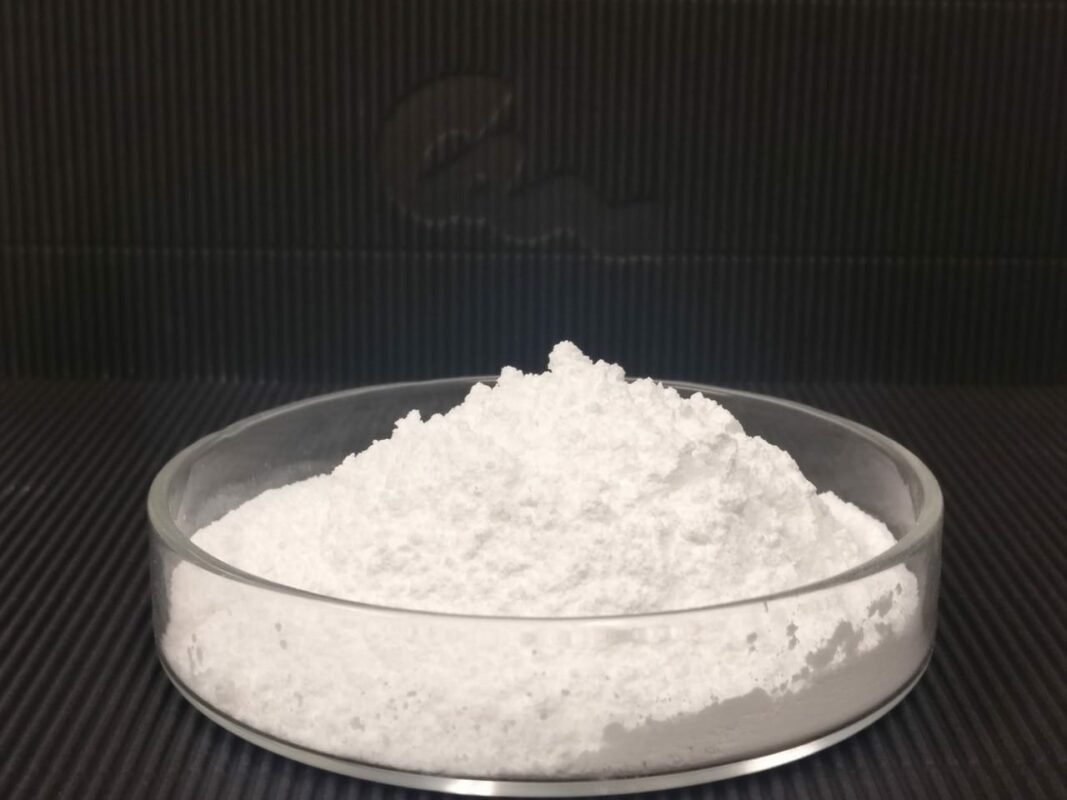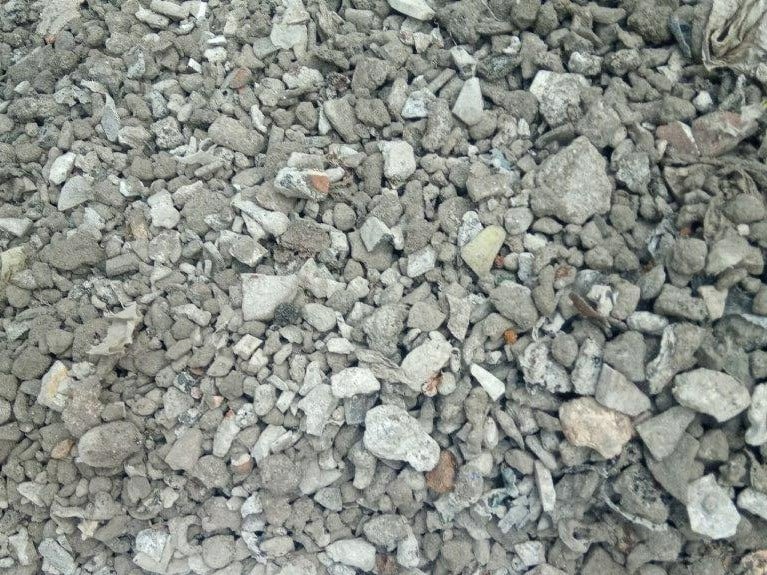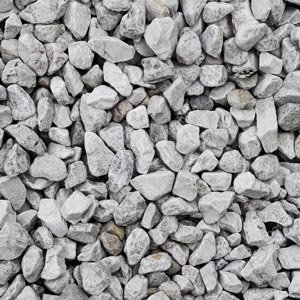Introduction:
Effluent treatment is a critical process that ensures the proper management and disposal of wastewater generated by various industries. One versatile and effective solution for effluent treatment is the use of hydrated lime. Hydrated lime, also known as calcium hydroxide, offers numerous benefits in treating effluents. In this blog, we will explore ten key advantages of using hydrated lime for effluent treatment.
1. pH Adjustment:
Maintaining the pH level of wastewater within the desired range is essential for effective treatment. Hydrated lime acts as a reliable pH adjuster, helping to neutralize acidic or alkaline effluents and bring them to the optimal pH range for further treatment.
2. Heavy Metal Precipitation:
Effluents often contain heavy metals, such as lead, mercury, and chromium, which pose a significant threat to the environment and human health. Hydrated lime facilitates the precipitation of these heavy metals, transforming them into insoluble forms that can be easily separated from the water.
3. Pathogen Inactivation:
Contaminated wastewater may harbor harmful pathogens like bacteria, viruses, and parasites. Hydrated lime effectively disinfects effluents by inhibiting the growth and inactivating these pathogens, minimizing the risk of waterborne diseases and preventing the spread of infections.
4. Enhanced Settling:
Effluents commonly contain suspended solids that need to be removed before further treatment or discharge. The addition of hydrated lime aids in the flocculation process, allowing the suspended solids to coagulate and settle more rapidly, resulting in improved sedimentation and sludge dewatering.
5. Reduction of Odors:
Unpleasant odors emanating from wastewater can cause significant nuisances and affect nearby communities. Hydrated lime helps control and neutralize foul odors by chemically reacting with the odor-causing compounds, mitigating the impact on the surrounding environment.
6. Phosphorus Removal:
Phosphorus is a major pollutant found in effluents, and its discharge into natural water bodies can lead to eutrophication, causing ecological imbalances. Hydrated lime assists in the precipitation of phosphorus, facilitating its removal and reducing the environmental impact.
7. Improved Water Clarity:
The addition of hydrated lime to effluents promotes the coagulation and settling of suspended particles, resulting in enhanced water clarity. This is particularly crucial for industries where the visual appearance of water is essential, such as in water treatment plants or recreational facilities.
8. Reduced Sludge Volume:
Effluent treatment often generates sludge, which requires proper management and disposal. By facilitating efficient settling and dewatering of suspended solids, hydrated lime helps reduce the volume of sludge produced, minimizing handling and disposal costs.
9. Cost-Effectiveness:
Hydrated lime offers a cost-effective solution for effluent treatment compared to alternative methods. Its availability, ease of use, and wide-ranging benefits make it a preferred choice for many industries seeking an economical yet efficient way to treat their wastewater.
10. Environmental Compliance:
Effluent treatment regulations and standards are becoming increasingly stringent to protect water resources and the environment. By employing hydrated lime for effluent treatment, industries can ensure compliance with these regulations, avoiding penalties and maintaining their environmental stewardship.
Conclusion:
Effluent treatment is a crucial responsibility for industries, and using hydrated lime as a treatment agent offers numerous benefits. From pH adjustment and heavy metal precipitation to pathogen inactivation and cost-effectiveness, hydrated lime proves to be a versatile solution for efficient and sustainable effluent treatment. By adopting this eco-friendly approach, industries can contribute to the preservation of water resources and protect the environment for a better future.


